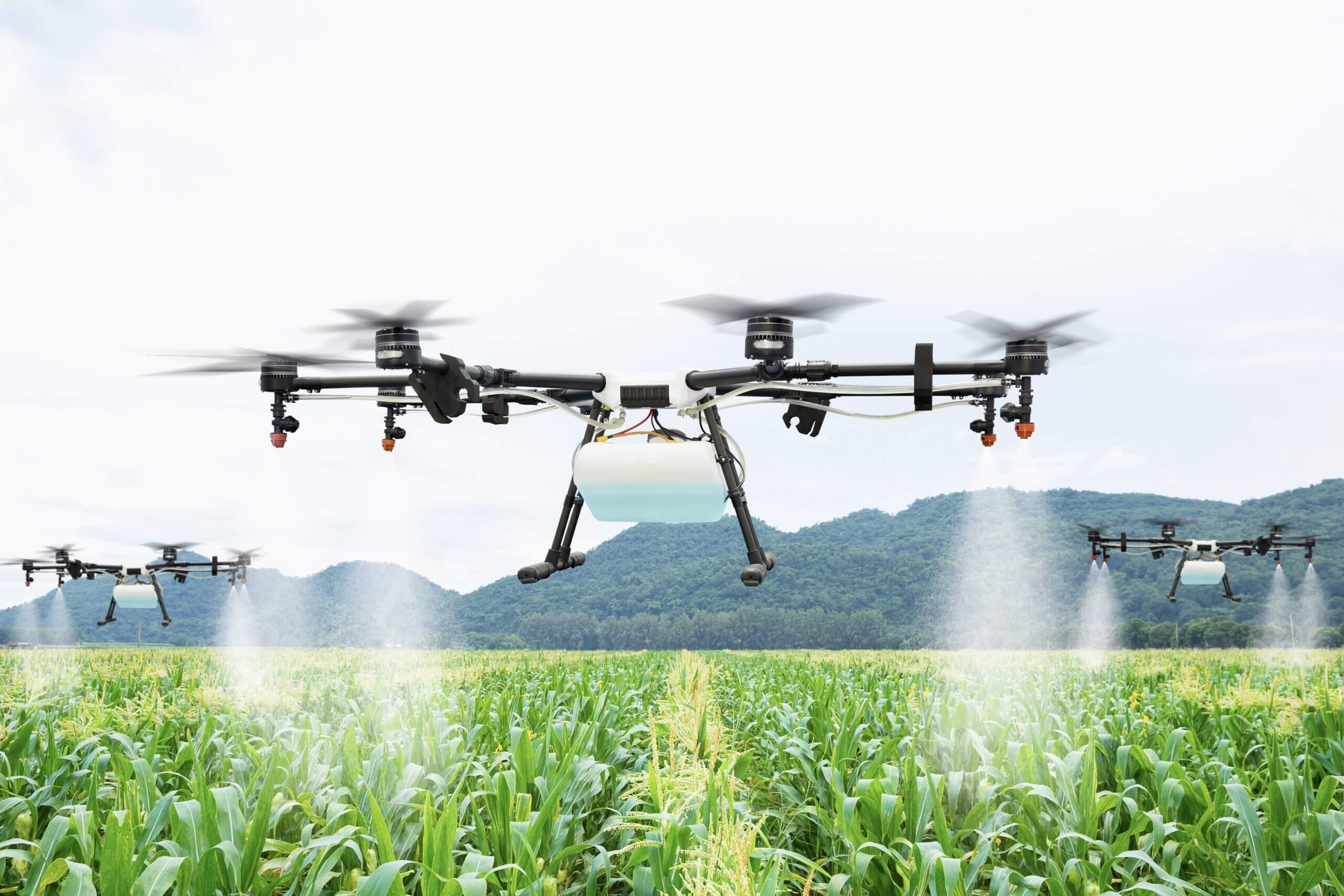Commercial drones are powerful tools. But they’re also delicate, complex, and—when something goes wrong, shockingly expensive to repair or replace.
Just ask the drone operator who lost $35,000 in a single accident… and lived to tell the tale.
In this post, we’ll walk you through a real-world claim, what went wrong, how insurance saved the day, and what you can learn to protect your drone business before something similar happens to you.
The Setup: A Mission-Critical Flight
The client was operating a high-value Aquiline Spartacus Endure drone. It was purpose-built for commercial window washing, capable of flying low-altitude, high-precision routes around high-rise buildings.
This wasn’t a hobby drone. It was a $35,000 aircraft performing high-stakes, close-quarters work with a specialized payload system.
Every flight was mission-critical.
The Incident: One Small Snag, One Huge Bill
During a routine job, the drone was flying just 1 to 1.5 feet off the ground while repositioning.
Then, it happened.
One of the rubber stoppers on the landing gear caught the edge of a concrete sidewalk. That slight resistance caused the drone to tip forward.
The rotors clipped the pavement.
The aircraft flipped upside down.
The result?
- Major rotor and body damage
- Sensor and payload replacement required
- Drone declared a partial loss
Total repair cost: $35,000.
Had the client been uninsured, the entire bill would’ve landed on their desk.
The Coverage That Saved Them
Thankfully, this operator had come to BWI earlier in the year.
They had:
- Insured the Spartacus Endure for $35,000
- Elected a 10% deductible (a smart move for high-value drones)
- Provided proof of FAA compliance and pilot experience
When the crash occurred:
- The claim was submitted within 24 hours
- Documentation was fast-tracked
- The payout—$31,500—was issued promptly
More importantly, the business was back up and flying within a week.
The Lessons for Every Drone Operator
This wasn’t a dramatic failure. There was no mid-air collision or storm.
It was a tiny moment, a routine movement, an overlooked variable, and a sudden flip.
Here’s what you can learn:
1. Even minor mishaps cause major damage
Drone rotors are fast, fragile, and unforgiving. A tip-over, rough landing, or payload imbalance can cause total failure.
2. High-value drones require hull insurance
If your drone costs more than $10,000, you should have hull coverage. No exceptions.
3. Deductibles matter
Choosing a 5–10% deductible gives you affordable coverage while limiting your exposure in a crash.
4. Time is money
The faster you can file a claim and get paid, the faster you get back in business. That’s why working with a specialist broker matters.
Why BWI Is Built for Commercial Operators
At BWI, we don’t just sell drone insurance. We build policies that actually work when it matters.
We:
- Quote across multiple underwriters
- Handle claims fast and efficiently
- Understand the nuances of each drone use case (spraying, mapping, inspections, cleaning, cinematography)
- Offer guidance on proper valuation and deductible selection
In short? We help you get covered and stay covered.
Final Thoughts: Don’t Wait for the Crash
If your drone crashed tomorrow, how would you pay for it?
Could you afford to replace a $25,000–$50,000 drone out of pocket?
If not, then hull insurance isn’t a luxury. It’s a necessity.
And if you’re already insured, but unsure whether your policy would hold up in a real-world claim, send it to us. We’ll review it, no pressure.
Because you never know when a $35,000 mistake is coming.
[Get a Drone Insurance Quote from BWI Today]
Continue Reading



